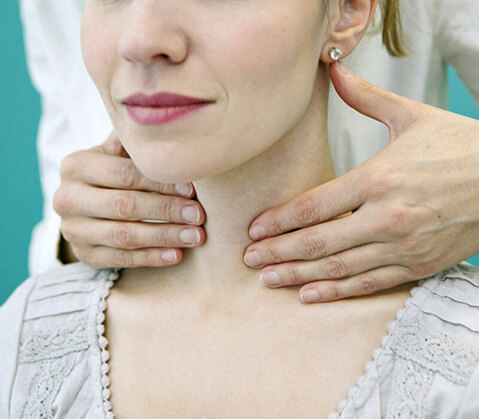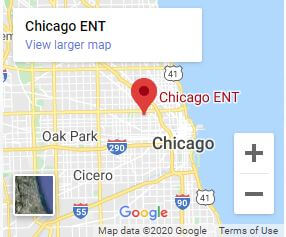Can an algorithm outperform an experienced physician? The answer might be, “yes,” but with a caveat.
Findings from a recent study (Zhang, B, et al.) published in Thyroid suggest that a machine learning algorithm could be superior in specificity and accuracy than an experienced radiologist using ultrasound technology in diagnosing thyroid nodules in patients. Machine learning is an application of artificial intelligence (AI) that provides systems the ability to automatically learn and improve from experience without being explicitly programmed.
The retrospective study measured the effectiveness of preselected algorithms to identify and diagnose 2,064 thyroid nodules from 2,032 patients. All patients had previously undergone ultrasound and real-time elastography imaging at least one month before undergoing thyroidectomy surgery.
Using the data from the ultrasound and elastography, the researchers established two data sets that nine algorithms interpreted 1,000 times. Results from each algorithm were compared with each other, and the most successful of the nine was then compared with the diagnostic area under the curve, sensitivity, specificity, and accuracy of a thyroid radiologist with at least 17 years in the field.
The investigators wrote, “It may be possible to develop a superior noninvasive diagnostic method by taking advantage of the ability of artificial intelligence to ‘learn’ from clinical data sets and predict diagnoses, in some cases more accurately than human experts.”
However, Dr. Michael Friedman, thyroid expert and medical director at Chicago ENT cautions, “Although algorithms that help diagnose suspicious nodules are always beneficial, the tendency is often to underperform a needle biopsy. Fine needle aspiration (FNA) is an extremely cost-effective, reliable procedure that can detect cancer and save lives.”
Dr. Friedman clarifies further, “Current radiologic thinking is to avoid aspirations, but in doing so, diagnosis and treatment may be delayed. Increased accuracy of FNA along with genomic testing makes these diagnostic tools more reliable than ever. Avoidance of FNA is not always in the best interest of the patient.”
The takeaway? Surely, the predictive value of algorithms is an advancement of another tool in the toolbox, but we should not put aside safe, reliable, tried-and-true diagnostic methods such as fine needle biopsy.



















